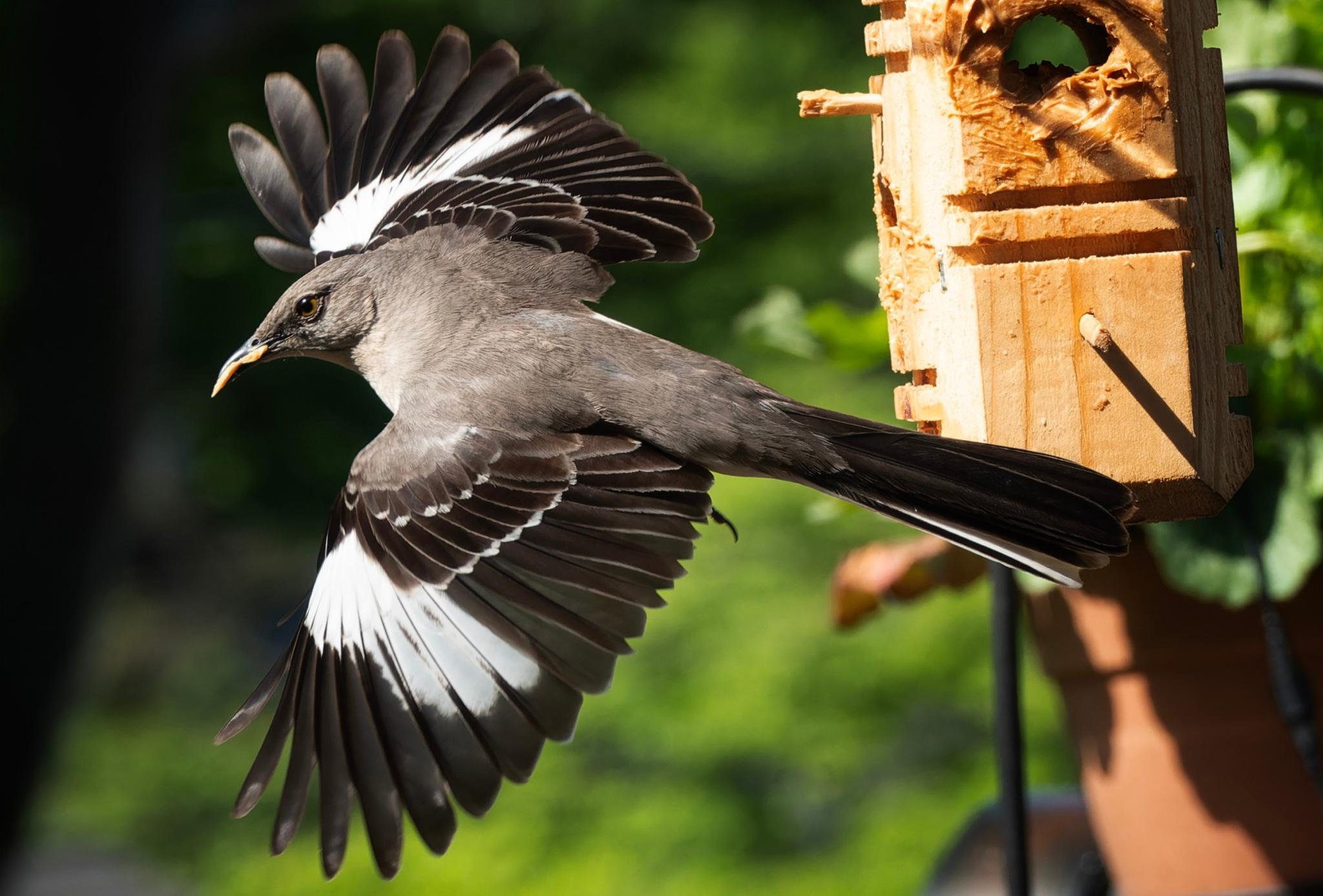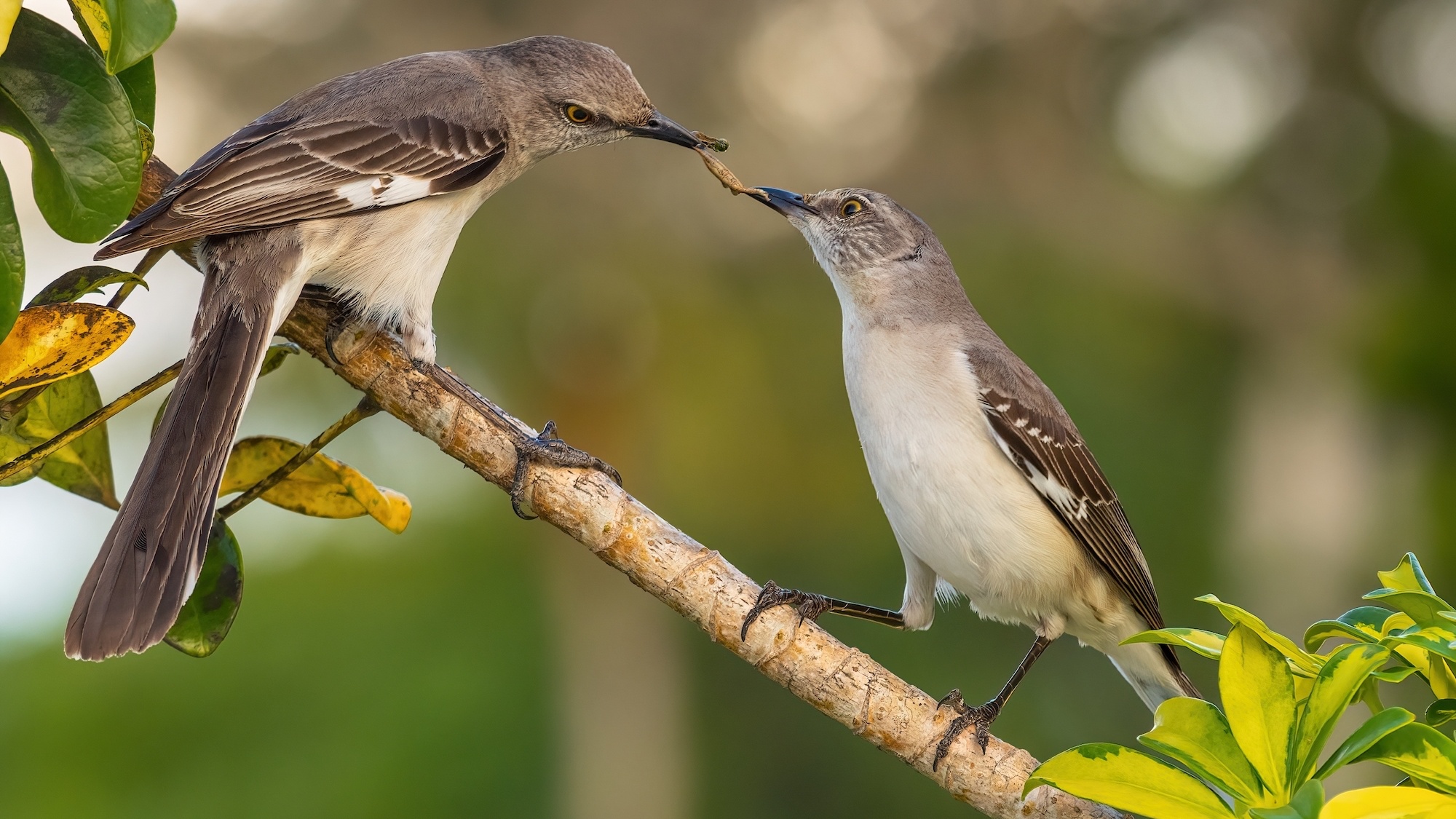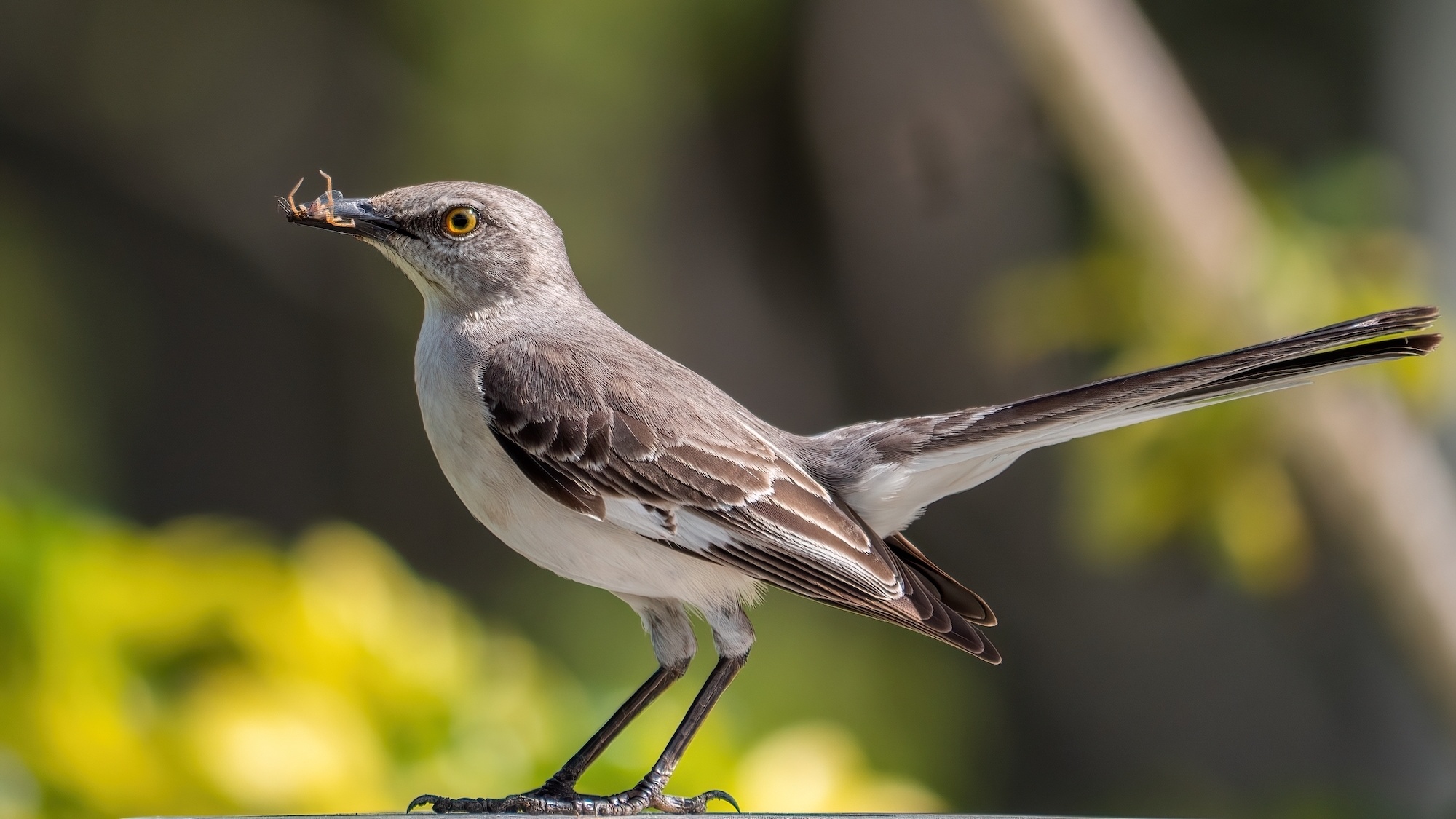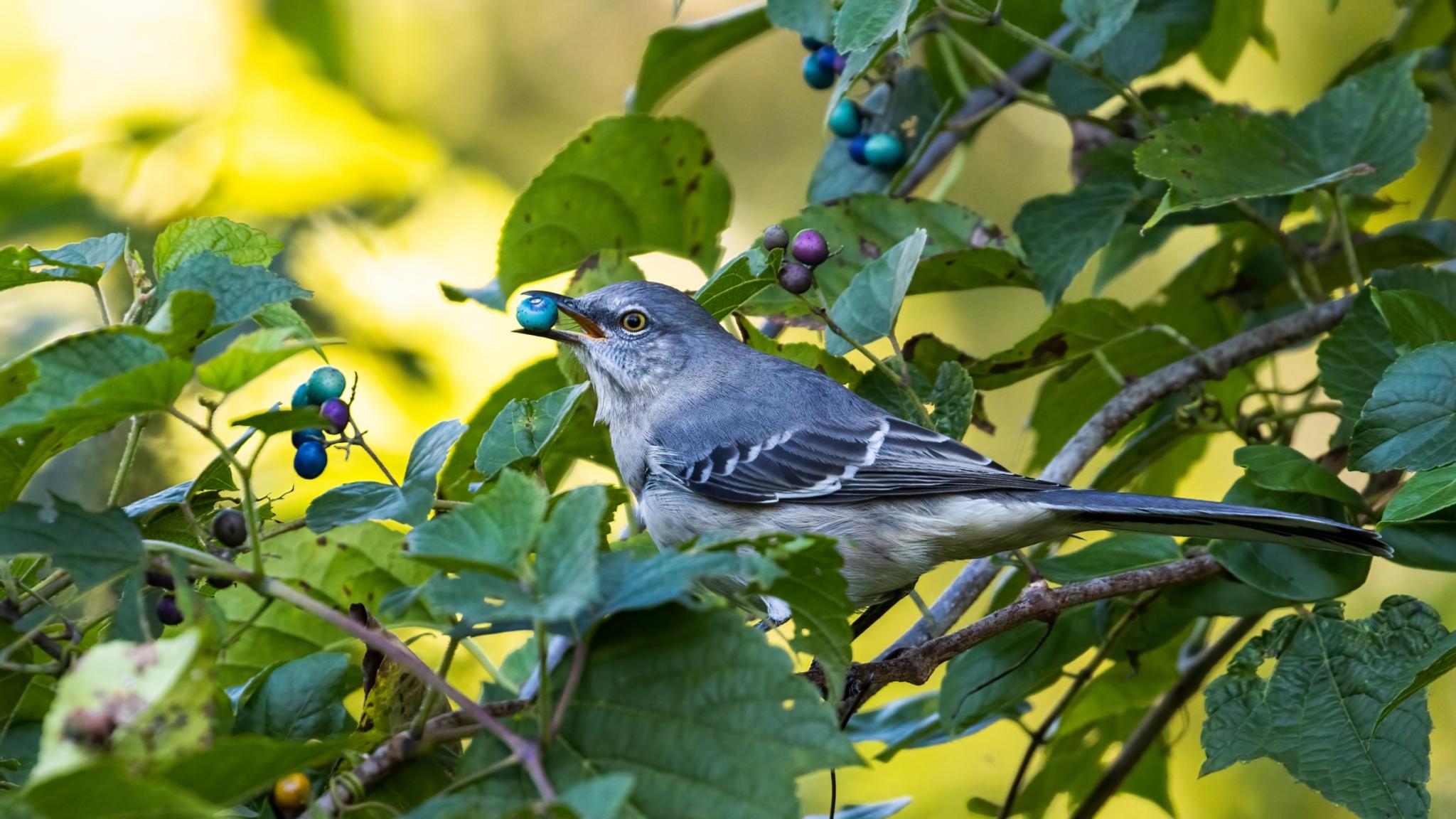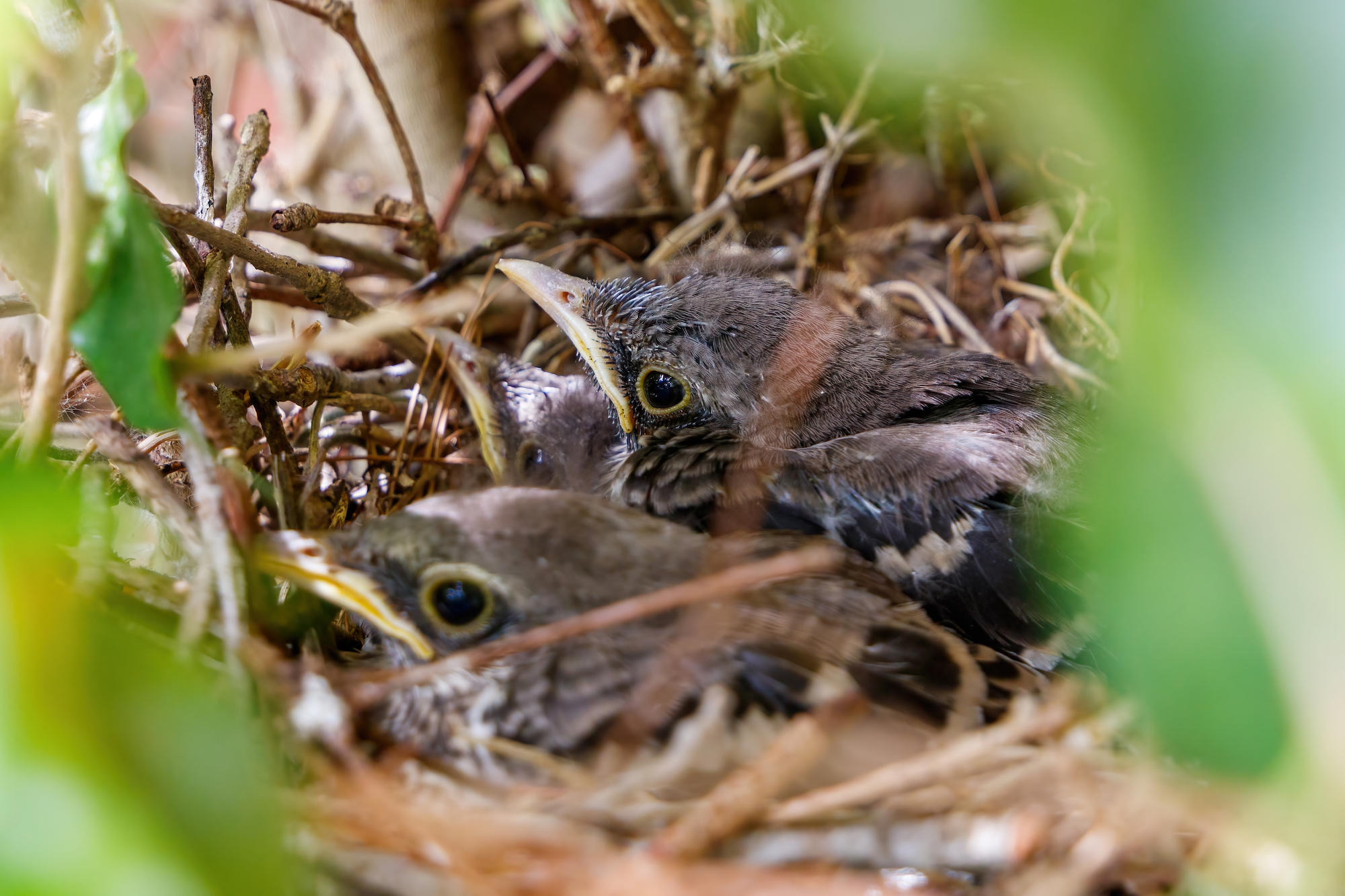
Perched on a fence, showing off its long legs and tail.
Northern Mockingbird Calls
ADVERTISEMENT
I love Mockingbirds. In central Tx I see them everyday. We had one with a misshapen beak that lived in our backyard for at least three years, I have pictures of it for that long. I noticed the last couple of years I don’t see as many in my yard and your article explains why. Tall grasses have taken over our backyard and are smothering our native wildflowers. If Mockingbirds prefer short grass to find insects that explains why I see them only occasionally in our trees near the fence. Sigh… I don’t know how to get rid of the weed grasses without poisoning our lawn, and I won’t do that.
Mockingbirds are very brave and fierce if they need to be. Innocent is not the first word that comes to mind. They seem to be pretty nice to people they know, but I've watched them beak the crap out of squirrels running across power lines near their nests. I saw 2 small mockingbirds attack a big raven in the middle of a downtown New Orleans busy street once. The raven was standing on the asphalt in the street, not even flying, and they were divebombing it repeatedly for an entire red light while I watched. They get along very well with my sparrow flock that nests in my honeysuckle. They're not generally aggressive, only protective against threats.
We raised a Mockingbird fledgling, rescued from the jaws of our dog, but blessedly unharmed. She (determined it was a she by research) became very tame. After she learned to fly we released her. She came back daily (screeching and carrying on) to the balcony for food. Concerned that she was too dependent, we gradually reduced the feeding times, ignoring her demands more and more. Finally, success, no more visits. However, whenever she spotted us she’d come near us or was trilling in a nearby tree. Very concerned that she was not shy of humans. Anyway, we have a perfect natural setting here and are never without many birds, but mockingbirds and their songs are my personal joy and gladness when I work in the garden.
Love Mockingbirds. Have a pair that continue to visit my garden spring/summer for years. Last year they nested in yard and raised a baby that fledged. I swear the birds could recognize me as non threatening as they never frightened of me.
I grew up on Texas. I've heard them sound like different types of car alarms & cameras. I miss hearing them.
I used to live in Georgia, about 40 miles north of Atlanta. One spring afternoon when I was working in my garden in my garden, I was surprised to hear a whippoorwill. Since it was about 3:00 in the afternoon, I didn't believe what I was hearing, so I looked around, and sure enough, there was a mockingbird perched in a nearby apple tree sounding more like a whippoorwill than a whippoorwill.
We live in northwest North Carolina. We usually have two Mockingbirds hanging around our property mostly year round. In your article about this magnificent bird you said they mimic other sounds such as, dog barks, car alarms etc. That explains for sure that I heard one whistle the wolf whistle perfectly. We live in a very rural area and I knew no-one was around but couldn't hardly believe what I heard, nor anyone else that I told this too. I enjoy your emails. Thank you and God bless.
To Ron Mack,
Yes! I heard a Mockingbird mimic a Wolf Whistle too! I was so surprised (and flattered 😂 haha). I live in Central Texas so it’s interesting that a Mockingbird in Georgia also whistled like that.
From my experience mostly in Philadelphia, Pennsylvania, the mockingbird can imitate many birds and other animals. For example, I have heard them mimicking a squirrel in heat straddling a tree branch. Also, in Philadelphia mockingbirds are known as "cat birds" because they dive bomb stray cats. I have also seen these birds chasing crows and pecking at their tail feathers in flight. I also had the pleasure of having a mockingbird nest in a bush on my lawn many years ago. She had 3 babies, but only one survived. The one that survived was hopping around my lawn and was so fat it looked like a gray tennis ball with a beak. My perception is the mockingbird is a fearless bird that will defend itself and its family.
I live in a densely populated inner city. I hear a mockingbird but can’t tell where it is. How far does their song travel on a quiet Saturday morning?

